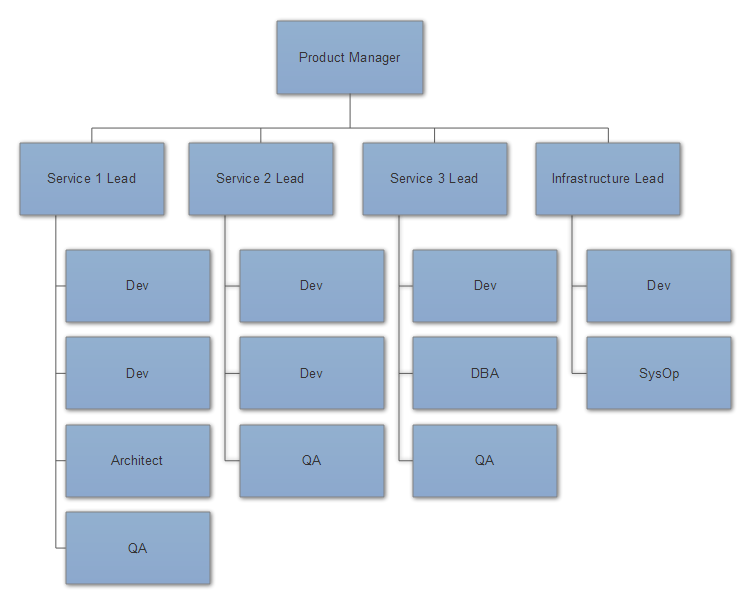What Happens When Akka.NET Actors Restart
What Gets Lost, What Doesn't, and Why Restarts Help Build Better .NET Applications
One of the most powerful features of Akka.NET actors is their built-in fault tolerance. Actors are an extremely effective tool at isolating failures and preventing them from having side effects on other parts of your application.
However, one of the most frequently asked questions we hear when training .NET developers on the fundamentals of Akka.NET is: “what happens to my data when an actor restarts? Do I lose messages? State?”
We address those questions in this tutorial.
This video covers:
- How Akka.NET actors are supervised and restarted by their parents when they crash;
- The internals of how individual actors are constructed and the role these parts play during restarts;
- How restarts are made transparent to other actors via
IActorRef; and - Why these properties can ultimately help build more resilient and effective .NET applications.
If you like this video please share it and subscribe to Petabridge’s YouTube channel!





